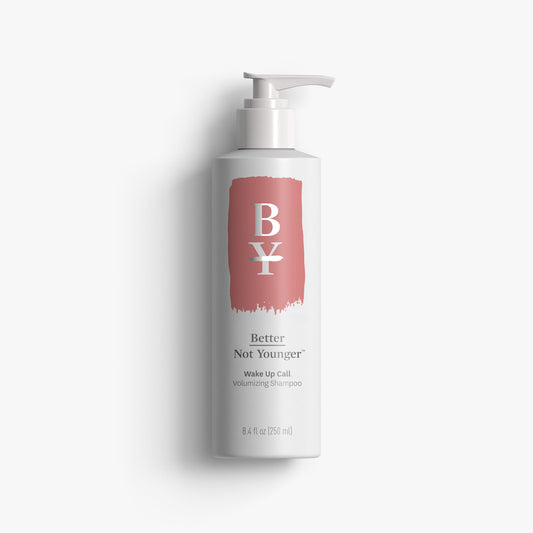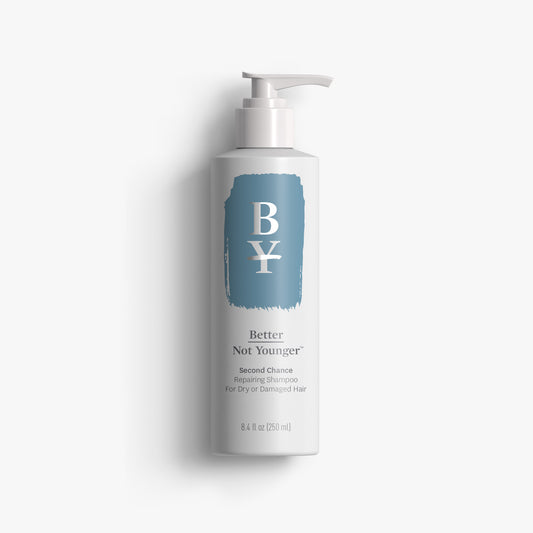How to Prepare Your Hair for Chemotherapy
Once you know what to expect from your hair during chemotherapy, you can prepare for what’s ahead. Sometimes, getting ready for what’s to come can take much stress and anxiety off your shoulders.
You can do several things during the treatment to improve your hair care routine, and even more decisions should be made beforehand. Take your time and focus on everything you can do to make your treatment less stressful and give yourself as much of a headstart as possible.
Before Treatment Preparation
Just because you can’t control the possibility of hair loss doesn’t mean you can’t actively manage it. There are several steps you can take to work toward preventing treatment-related hair loss, promoting hair regrowth, and making the process, as a whole, much less stressful.
-
Talk to your doctor. Sometimes, knowing what’s ahead can take some stress off your shoulders. Ask your doctor about your specific treatment and your chance of hair loss.
-
Be kind to your hair. The best thing you can do is get in the habit of being gentle when handling your hair. Take your time when detangling knots, and avoid applying tension to your scalp.
-
Add hair, skin, and nail supplements to your regimen. The stronger your hair is, the less likely it is to fall out during treatment immediately. Hair supplements are also great for post-treatment.
-
Research cold caps and scalp cooling systems. These tightly fitting hat-like devices have helped many people keep some or most of their hair during chemo.
-
Stop chemically treating your hair and scalp. Hair dye, bleach, perms, and permanent straighteners can all weaken the bonds in your hair follicles—and you’ll want your hair to be as strong as possible going into chemo. Chemically treating your hair can accelerate the thinning of your hair and can add extra irritation to your scalp.
-
Add gentle shampoos and conditioners to your product lineup. Better Not Younger’s Wake Up Call and Second Chance shampoos and conditioners are gentle on thin, fragile hair. In addition to its careful cleansing properties, Wake Up Call offers your hair a volumizing boost without harsh chemicals or sulfates.
-
Stow away your hairdryer, straightener, and curling iron. Avoid using heat to dry or style your hair; instead, opt to air dry it. Heat can quickly weaken and damage your hair shaft and, ultimately, your follicles.
-
Is it time to make short hair your style? There are many pros to cutting your hair short before chemotherapy: It will be easier to manage, give you time to get used to having less hair, and any shedding or thinning will be easier to control. Since short hair can often appear fuller, it also won’t be as noticeable when your hair begins to fall out. Choosing to do a big chop before chemo can also give you the feeling of being in control of what happens to your hair rather than letting chemo decide for you.
-
Do you want a head covering? Whether you wrap your head with a scarf, wig, or other covering, take the time to decide before your first treatment. This way, you have a plan of action in place, so you don’t have to scramble later. If you plan to use a wig, ask your doctor to write you a prescription—the cost of a “cranial prosthesis” could be partially or fully covered by your health insurance. Before chemotherapy, you’ll also have more energy to look through all your options—which may give you more stress and anxiety later on if you wait.
During Treatment Care
-
Only wash your hair when necessary. Use a gentle shampoo without harsh chemicals, such as our Second Chance repairing shampoo, and a very soft brush only when needed. The less stress on your hair, the better. Since your scalp will likely be very tender, you’ll want to disturb it as little as possible. However, your scalp must still be cleansed of excess oils and dry skin—even after your hair is gone.
-
Avoid tight hairstyles. Don’t braid or put your hair in a ponytail or bun, as these styles will cause stress on your already tender scalp and likely lead to further hair breakage.
-
Should you shave your head? Some patients have reported that the treatments and hair loss make their scalp sensitive and irritated. In this case, shaving your head might be an excellent option to reduce the itching and irritation. It may also be easier to bite the bullet and shave your head if hair loss and shedding are constantly on your mind. But you know what else? Many women find deciding to shave their head themselves empowering—they refuse to let cancer choose for them.
-
Head coverings protect your scalp. Whether you shave your head or not, your scalp will likely be susceptible because of the chemo treatments. Remember to protect your scalp from the outdoors with a scarf, hat, or other covering. Both sunlight and harsh cold can easily irritate your sensitive scalp.
-
Head coverings are also great at night. Wearing a protective cover at night keeps everything contained and prevents large clumps of hair from appearing on your pillow in the morning. The last thing you want is your thinning hair to be the first thing on your mind in the morning.
Once you know what to expect and when to expect it and have prepared your hair for chemotherapy, all that’s left is to learn how to care for your post-chemo hair.
Better Not Younger is here to help in any way we can, from the information you need to the products that can help you along the way.



